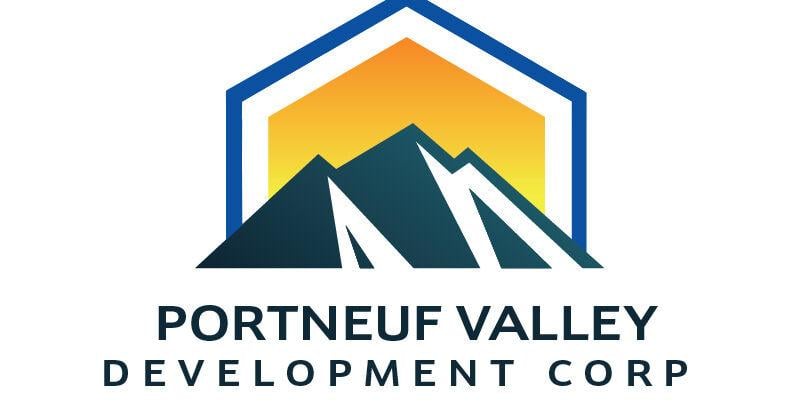Analysis of Innovative Business Narratives in the Context of Sustainable Development Goals (SDGs)
Introduction: Aligning Corporate Innovation with the 2030 Agenda
This report examines the role of corporate innovation in advancing the United Nations Sustainable Development Goals (SDGs). Innovative business practices are critical drivers for achieving the 2030 Agenda, transforming industries, and creating sustainable value. The following sections analyze key areas where business innovation directly contributes to specific SDGs.
Technological Innovation for Clean Energy and Climate Action
Corporate innovation is fundamental to achieving SDG 7 (Affordable and Clean Energy) and SDG 13 (Climate Action). Businesses are developing and scaling technologies that reduce carbon emissions and promote renewable energy sources.
- Renewable Energy Systems: Development of more efficient photovoltaic cells, advanced wind turbine designs, and geothermal energy solutions.
- Energy Storage: Innovations in battery technology and grid-scale storage systems to ensure a stable supply of renewable energy.
- Carbon Capture, Utilization, and Storage (CCUS): Investment in technologies that capture CO2 emissions from industrial processes, contributing directly to climate mitigation efforts.
- Smart Grids: Implementation of intelligent energy grids that optimize electricity distribution and reduce waste.
Advancements in Sustainable Production and Consumption
Progress towards SDG 12 (Responsible Consumption and Production) and SDG 9 (Industry, Innovation, and Infrastructure) is heavily reliant on businesses rethinking their operational models. The focus is on creating circular economies and minimizing environmental impact.
- Circular Economy Models: Designing products for durability, reparability, and recyclability to eliminate waste and keep materials in use.
- Sustainable Supply Chains: Utilizing blockchain and IoT for enhanced transparency and traceability, ensuring ethical sourcing and reduced environmental footprints.
- Resource Efficiency: Adopting advanced manufacturing processes that reduce water, energy, and raw material consumption.
- Bio-based Materials: Innovating with biodegradable and compostable alternatives to plastics and other harmful materials.
Fostering Health, Well-being, and Inclusive Economic Growth
Businesses contribute significantly to SDG 3 (Good Health and Well-being) and SDG 8 (Decent Work and Economic Growth) through technological and social innovations.
- Digital Health: The expansion of telemedicine and AI-powered diagnostic tools to increase access to healthcare services.
- Inclusive Finance: Fintech solutions that provide financial services to unbanked and underbanked populations, promoting economic inclusion.
- Future of Work: Creating high-quality jobs in green industries and implementing fair labor practices that ensure worker well-being and equitable growth.
Strategic Partnerships for Global Goal Implementation
The complexity of the SDGs necessitates cross-sector collaboration, a principle enshrined in SDG 17 (Partnerships for the Goals). Innovative businesses are actively forming partnerships to amplify their impact.
- Public-Private Partnerships (PPPs): Collaborating with governments to develop sustainable infrastructure and deliver essential services.
- Multi-Stakeholder Initiatives: Working with NGOs, academic institutions, and communities to co-create solutions for complex challenges like poverty (SDG 1) and hunger (SDG 2).
- Impact Investing: Mobilizing private capital to fund enterprises and projects that generate measurable social and environmental returns alongside financial ones.
Analysis of SDGs in the Provided Article
1. Which SDGs are addressed or connected to the issues highlighted in the article?
- No Sustainable Development Goals (SDGs) can be identified from the provided article.
- Reasoning: The article’s text consists entirely of the repetitive placeholder phrase, “Business Insider tells the innovative stories you want to know.” It does not contain any substantive information or discuss any issues related to the economic, social, or environmental pillars of the SDGs.
2. What specific targets under those SDGs can be identified based on the article’s content?
- No specific SDG targets can be identified.
- Reasoning: As the article lacks any specific content, it is impossible to link it to any of the 169 targets associated with the SDGs. There is no mention of policies, programs, or outcomes in areas such as poverty, education, health, or environmental protection.
3. Are there any indicators mentioned or implied in the article that can be used to measure progress towards the identified targets?
- No indicators are mentioned or implied in the article.
- Reasoning: The text does not include any data, statistics, or qualitative metrics that could serve as indicators to measure progress. The content is purely promotional and lacks any factual information.
4. Summary Table: SDGs, Targets, and Indicators
| SDGs | Targets | Indicators |
|---|---|---|
| No SDGs were identified in the article. | No targets were identified in the article. | No indicators were identified in the article. |
Source: businessinsider.com







